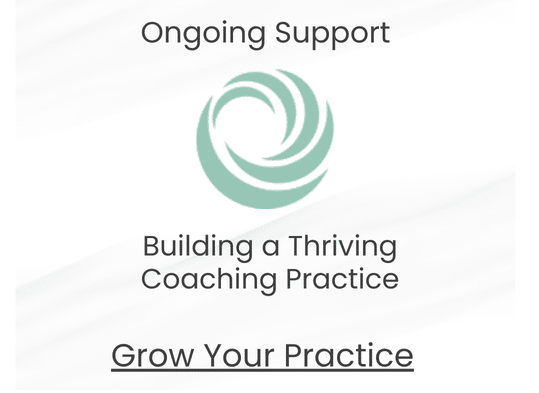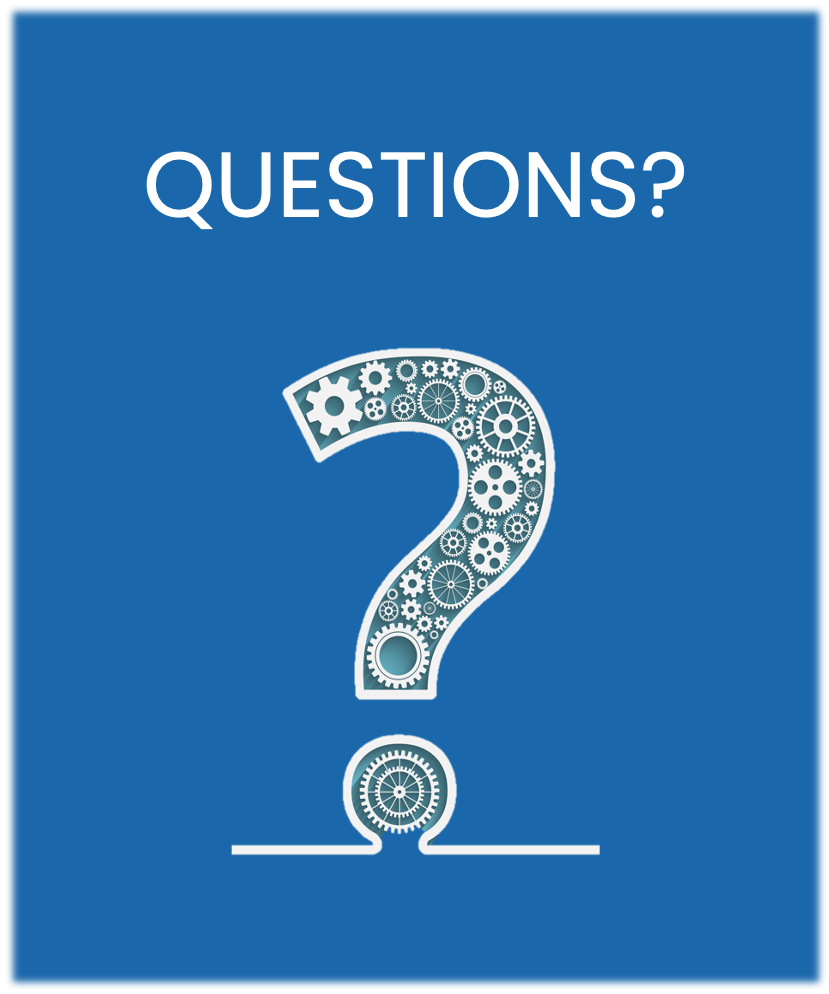by Barbara Fredrickson
In this excerpt from her book Love 2.0: Finding Happiness and Health in Moments of Connection, Barbara Fredrickson shares why love has a special status as our “supreme emotion,” the most essential emotional experience for thriving. Barbara is a keynote speaker at WBI’s Embodied Positive Psychology Summit, April 26–29 at Kripalu Center for Yoga & Health.
When you tell someone that you love them, you may well be invoking a range of different, albeit closely related concepts. You might, for instance, mean to say that you crave the time you two spend together. Alternatively, you could mean to say that you trust that person, and intend to be loyal yourself. Or perhaps professing your love to another serves as a way to elevate that particular relationship as an especially important one in your life, a way to invite or secure that person within your innermost circle. And perhaps most often, your declaration of “I love you” is meant to convey “all of the above.” From a practical standpoint, there’s certainly nothing wrong with that. Suffice it to say that, although you may subscribe to a whole host of definitions of love, your body subscribes to just one: Love is that micro-moment of warmth and connection that you share with another living being.
I want to emphasize, though, that love isn’t simply one of the many positive emotions that sweep through you from time to time. It’s bigger than joy, amusement, gratitude, or hope. It has special status. I call it our supreme emotion. First, that’s because any of the other positive emotions–joy, amusement, gratitude, hope, and so on–can be transformed into an instance of love when felt in close connection with another. Yet casting love as shared positive emotion doesn’t go nearly far enough. Second, whereas all positive emotions provide benefits– each, after all, broadens your mindset, and builds your resourcefulness– the benefits of love run far deeper, perhaps exponentially so. Love is our supreme emotion that makes us come most fully alive and feel most fully human. It is perhaps the most essential emotional experience for thriving and health.
My approach to love is also different because it crosses emotion science with relationship science. From relationship science, I adopt the idea that love draws you out of your cocoon of self-absorption to attune to others. Love allows you to really see another person, holistically, with care, concern, and compassion. Within each moment of loving connection, you become sincerely invested in this other person’s well-being, simply for his or her own sake. And the feeling is mutual. You come to recognize that, in this loving moment, this other person is also sincerely invested in your well-being; that he or she truly cares for you. Relationship scientists cast this sense of mutual care as an abiding attribute of intimate relationships. By contrast, I see mutual care as a momentary state that rises and falls in step with changes in context and emotion.
Truth be told, a happy accident pressed me to see love in a whole new light. I was minding my own business as an emotions scientist about eight years back, testing hypotheses drawn from my broaden-and-build theory. My main goal at the time was to find a way to probe the long-range effects of accumulated positive emotions. Would they build people’s resources and transform their lives for the better as the theory predicted? To support definitive claims about cause and effect, I needed an experiment, complete with randomization and rigorous measures. I needed to compare one group of people who increased their daily diets of positive emotions to another group that didn’t. The vexing question was how? How can people reliably and sustainably increase their daily intake of positive emotions? The methods that I and other scientists had used in the lab to test the short-range effects of positive emotions–the music, the film clips, the cartoons, the unexpected gifts of candy–wouldn’t do. They fall flat and lose their charge with repetition. That’s because we humans adapt: Even the most potent emotion-eliciting stimulus fades into the background like wallpaper with repeated exposure. After a few failed attempts to develop a viable intervention, I found myself in a year-long interdisciplinary faculty seminar on integrative medicine. Here is where I was first introduced to the ancient mind-training practice called metta in Pali, maître in Sanskrit, often translated as loving-kindness, or simply kindness. In Buddhist teachings, loving-kindness is considered one of the four noblest modes of consciousness–the crown jewel, in some traditions. A light bulb went off for me: This ancient practice, honed over millennia, could help me test my theory. Perhaps training in loving-kindness was the intervention I’d been seeking.
Over the next year, my students and I designed a rigorous and randomized experiment to test the effects of learning to self-generate positive emotions through loving-kindness meditation. My test pilots were reasonably healthy working adults with no particular spiritual orientation. The results were abundantly clear. When people, completely new to meditation, learned to quiet their minds and expand their capacity for love and kindness, they transformed themselves from the inside out. They experienced more love, more engagement, more serenity, more joy, more amusement–more of every positive emotion we measured. And though they typically meditated alone, their biggest boosts in positive emotions came when interacting with others, off the cushion, as it were. Their lives spiraled upwards. The kind-heartedness they learned to stoke during their meditation practice warmed their connections with others.Later experiments would confirm that it was these connections that most affected their bodies, making them healthier. We also came to discover that other interventions to foster connection–ones that didn’t require learning to meditate–could increase people’s experiences of love and likewise improve their health.
These discoveries pushed me to rethink love. Taken as a whole, the numbers tell me that when you learn practical ways to generate warm connections with others–through meditation or other means–you step up to a whole new dynamic. Here is where the soft-focus you encounter in typical discussions about love sharpens into high definition. The mysteries that have long been sources of both wonder and exhilaration, as well as confusion and misunderstanding, now give way to practical, evidence-based prescriptions for how to live life well. We know now that a steady diet of love influences how people grow and change, making them healthier and more resilient day-by-day. And we’re beginning to understand exactly how this works, by tracking the complex chain of biological reactions that cascades throughout your body and changes your behavior in ways that influence those around you. But even as science unveils the mystery of love, it offers you even more reason to pay attention. Love’s capacity to nourish, heal, and do good is deeply wired into your biology, and into your ways of relating to others. The sheer complexity of love’s biology is reason enough for awe.
Excerpted from Love 2.0 by Barbara Fredrickson. Reprinted by arrangement with Hudson Street Press, a member of Penguin Group (USA) Inc. Copyright 2013 by Barbara Fredrickson PhD.
Barbara L. Fredrickson, PhD, among the most highly cited scholars in psychology, is the Kenan Distinguished Professor of Psychology and Neuroscience and director of the Positive Emotions and Psychophysiology Lab at the University of North Carolina at Chapel Hill. She has published more than 100 peer-reviewed articles and book chapters and her books for a general audience, Positivity and Love 2.0, have been translated into more than a dozen languages. Her research is funded by the National Institutes of Health, and she serves as President of the International Positive Psychology Association. positivityresonance.com


 Barbara L. Fredrickson, PhD, among the most highly cited scholars in psychology, is the Kenan Distinguished Professor of Psychology and Neuroscience and director of the Positive Emotions and Psychophysiology Lab at the University of North Carolina at Chapel Hill. She has published more than 100 peer-reviewed articles and book chapters and her books for a general audience, Positivity and Love 2.0, have been translated into more than a dozen languages. Her research is funded by the National Institutes of Health, and she serves as President of the International Positive Psychology Association.
Barbara L. Fredrickson, PhD, among the most highly cited scholars in psychology, is the Kenan Distinguished Professor of Psychology and Neuroscience and director of the Positive Emotions and Psychophysiology Lab at the University of North Carolina at Chapel Hill. She has published more than 100 peer-reviewed articles and book chapters and her books for a general audience, Positivity and Love 2.0, have been translated into more than a dozen languages. Her research is funded by the National Institutes of Health, and she serves as President of the International Positive Psychology Association. 






